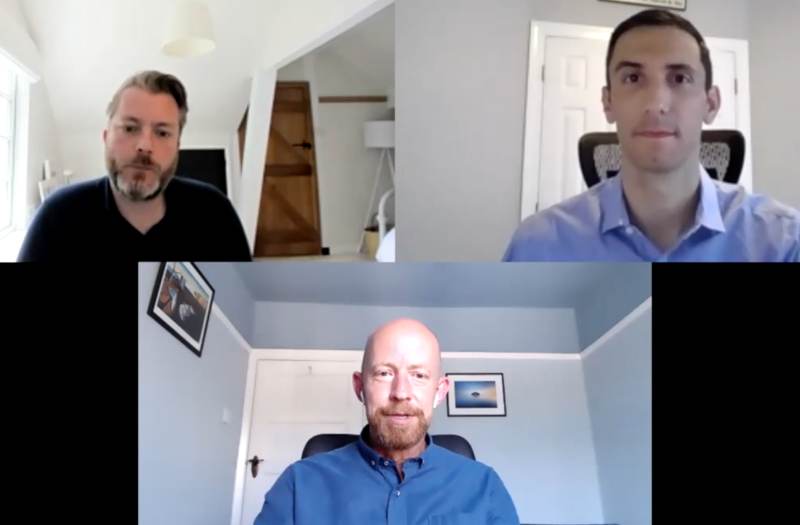RMS’ latest update to its North Atlantic hurricane model continues to evolve the science of hurricane risk modelling, as the changing climate, growing exposures and changing market conditions drive an increasingly complex risk landscape, according to Jeff Waters and Ben Brookes.
 The latest in our sister publication Artemis’ series of Live interviews discussed the Version 21 update to the RMS North Atlantic hurricane model. Moderator Steve Evans was joined by Waters, Meteorologist and Senior Product Manager at RMS and Ben Brookes, VP, Consulting Services at RMS.
The latest in our sister publication Artemis’ series of Live interviews discussed the Version 21 update to the RMS North Atlantic hurricane model. Moderator Steve Evans was joined by Waters, Meteorologist and Senior Product Manager at RMS and Ben Brookes, VP, Consulting Services at RMS.
Over the years, RMS has introduced numerous enhancements to its model, such as a storm surge modelling framework, and multiple views of event frequencies.
In Version 21, all those key components remain, RMS just “enhanced them with the latest scientific understanding of the hurricane risk landscape,” explained Waters.
He went on to explain that a lot of the enhancements in the update are informed by data and learnings from recent impactful seasons, such as 2017 and 2020, including over USD 6 billion in new claims data.
“One of the more interesting themes though that we’ve noticed here as part of the Version 21 update, is that the phenomenon of the hurricane risk landscape is becoming more complex,” said Waters.
“We have a changing climate, growing exposure in risk prone areas and constantly evolving market conditions, all of which are directly impacting on how we quantify this risk landscape.”
Another interesting aspect of Version 21, explained Waters, is that alongside RMS’ reference view of vulnerability, the company has introduced a new alternative view of vulnerability for residential lines in Florida.
This alternative view reflects the impacts of the roof replacement rule changes within the state-wide building code which have the potential to significantly increase the cost of a claim, as well as other signals RMS is seeing in new claims data from storms like Irma and Michael.
Building on Waters’ point, Brookes noted that the Version 21 release isn’t so much about major changes to the reference view of risk, but more it’s about “providing measured updates to these to reflect the lessons of the last couple of seasons.”
“And the real advances are coming in the areas that Jeff’s talking about, where we hope to be able to help users of the models to make more informed decisions about explicit capturing and some of the factors that influence uncertainty.
“And help our clients understand the signals that we’re seeing based on current and evolving market conditions, and giving them an ability to understand the sensitivity of those to their book of business,” said Brookes.
“An increasing number of issuers are partnering with us to bring US hurricane bonds to market, and benefiting from the investor confidence in our models, and the investments that we’re able to make to support that,” he added.
Watch the whole video to gain important insights into how RMS’ next generation model version will enable ILS market players to enhance their view of hurricane risk through the 2021 Atlantic season.
The full video interview is embedded below and can also be viewed in full, along with previous Artemis Live video interviews, over on our YouTube channel.
You can also listen in audio to our interviews by subscribing to the Artemis Live podcast here.


